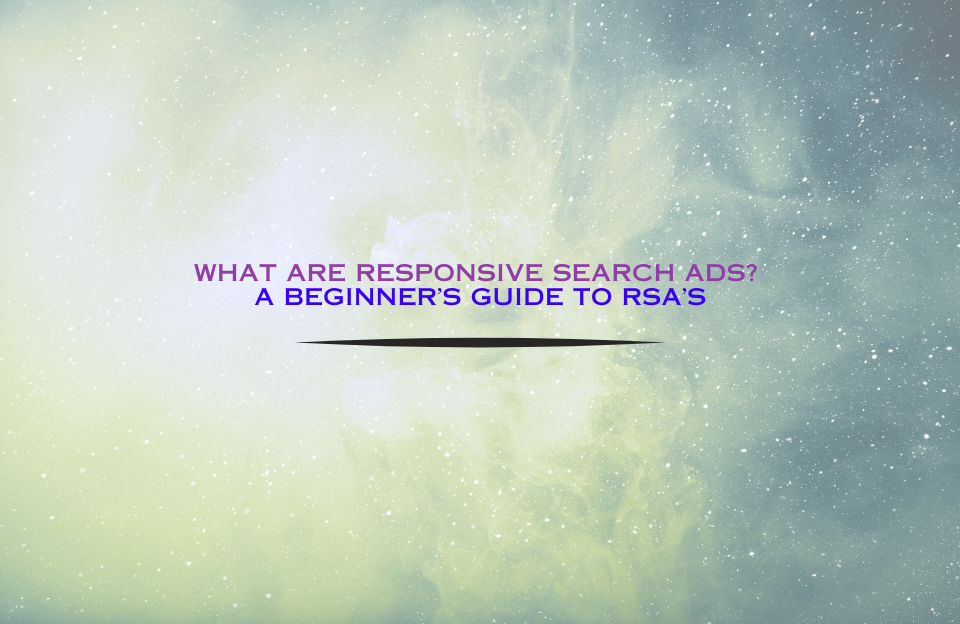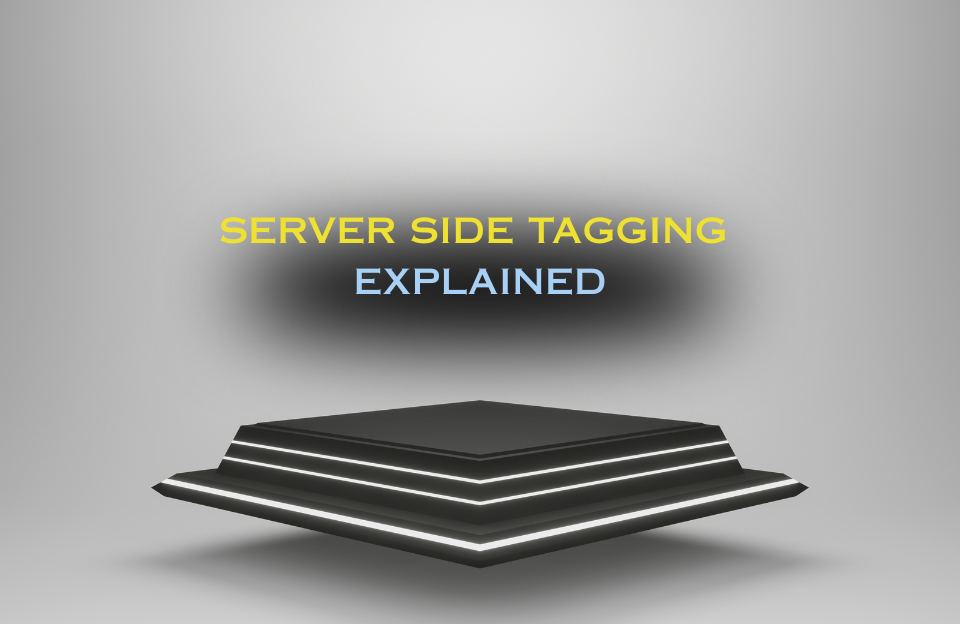Responsive Search Ads (RSAs) have become the standard in Google Ads search campaigns. Since Expanded Text Ads (ETAs) were deprecated in 2022, RSAs are now the default format for creating flexible and highly personalized search ads. But what exactly are Responsive Search Ads, and how do you make the most of them?
In this guide, you’ll learn what RSAs are, how to set them up, how they compare to legacy text ads, and which strategies help maximize their performance. For a deeper understanding of keyword targeting, check out our guide on Keyword Match Types in Google Ads.
What Are Responsive Search Ads?
Responsive Search Ads are a type of ad format that allows advertisers to enter multiple headlines (up to 15) and descriptions (up to 4). Google’s algorithm automatically tests different combinations to determine the best-performing variation based on the user’s search query, device, location, and other signals.
Responsive Search Ads vs. Expanded Text Ads
Unlike Expanded Text Ads, which had static content, RSAs are dynamic. With ETAs, you had full control over how your ads looked. RSAs use automation to tailor your ad to the searcher. Here’s a quick comparison:
| Feature | Responsive Search Ads | Expanded Text Ads |
|---|---|---|
| Headlines | Up to 15 | 3 |
| Descriptions | Up to 4 | 2 |
| Automation | Yes (Google optimizes combinations) | No (static) |
| Performance insights | Ad strength indicator, asset performance rating | Basic click and impression metrics |
RSA Character Limits
- Headlines: Up to 15 (30 characters each)
- Descriptions: Up to 4 (90 characters each)
- Displayed Path: 2 fields of up to 15 characters
How to Set Up Responsive Search Ads
- Go to your desired ad group in Google Ads
- Click the “+” button and select “Responsive Search Ad”
- Add at least 3 headlines and 2 descriptions (the more, the better)
- Use keyword-rich phrases and unique messaging
- Monitor the Ad Strength indicator and make improvements
Using Google Ads Editor
If you’re managing multiple campaigns or ad variations, Google Ads Editor can save you time. It allows you to create RSAs in bulk, pin headlines and descriptions, and make mass edits offline before publishing.
Best Practices for RSAs
- Use all available assets: Aim to provide at least 10 headlines and 4 descriptions.
- Include relevant keywords: Place keywords from your ad group in at least 2-3 headlines.
- Use clear CTAs: Like “Get a Quote,” “Start Today,” or “Try Free.”
- Test pinning sparingly: You can fix certain headlines to positions, but over-pinning reduces flexibility.
- Combine with extensions: Sitelinks, callouts, structured snippets, and price extensions can boost visibility.
- Consolidate campaigns: Broader campaigns with more data improve Google’s ability to optimize RSAs effectively.
- Bidding strategy: RSAs perform well with Smart Bidding options like Target CPA or Maximize Conversions.
When to Use Responsive Search Ads
RSAs are ideal for:
- Broad match campaigns that rely on Smart Bidding
- Dynamic environments where consumer behavior shifts quickly
- Advertisers who want to scale ad testing without creating dozens of static ads
Conclusion
Responsive Search Ads represent a shift toward automation and adaptability in search advertising. They allow marketers to test more messaging, improve CTR, and align better with user intent. When combined with strategic keyword planning, Smart Bidding, and robust extensions, RSAs can significantly improve your campaign’s performance.
Want to learn more about keyword strategies? Read our full breakdown of keyword match types in Google Ads.




